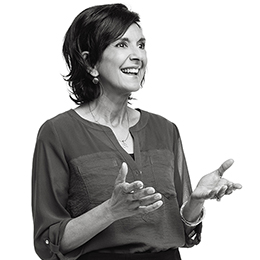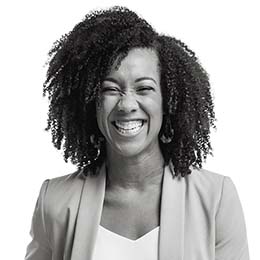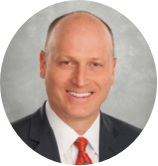In Mumbai, India, a city of 17 million people, fast food has a unique meaning. Every workday, about five thousand “dabbawalas,” or “lunch-box people,” deliver nearly a quarter-million home-cooked lunches to workers around this vast, tumultuous city — at high speed and without error!
Effort and courage are not enough without purpose and direction.
John F. Kennedy
As Sarah Sturtevant writes in her Marketing Masala blog, “The mission of the dabbawalas is not couched in flowery words like so many other corporate mission statements. Their simple goal is to serve their customers accurately and on time, every time.” They also have a unique value proposition: Unlike fast food chains, they bring a hot lunch right to you, no matter where you are.
People with a simple, unique, powerful mission are the most engaged people. Yet the whole notion of “mission” has produced a lot of cynicism. There are two reasons for that:
- Too many mission statements are meaningless platitudes.
- People in the organization don’t live up to the mission.
Say the phrase “mission statement,” and many people roll their eyes. Contests are held online for the worst mission statement. The bronze mission statement plaque becomes a target for pigeons. According to Gallup, 70 percent of U.S. workers are disengaged — unimpressed and uninterested in their company’s mission.
Why are most mission statements just back room jokes? Because we’re trying to engage people’s passions and talents in a mission they have no passion for, and no involvement in.
Yet, there is nothing more powerful than the passions that drive people. Tap into those, and you create an unstoppable force. But management often boils out all the passion to reduce it to a mediocre mission statement, and that’s where cynicism comes from.
I was working with a group of leaders from an organization once, when I noticed that on the wall of their boardroom was a beautifully framed copy of their mission statement. The words were nice and the sentiment meaningful. With the leaders all sitting around the boardroom table and the framed mission statement just a few feet away, I said, ‘On the wall is your mission statement. Don’t look at it. Who can tell me what it says?’ Crickets. ‘Who can tell me the gist of what it says?’ Again, crickets. What followed was an interesting discussion on what a mission statement really is and how individuals and organizations bring them to life.
While your true mission will be unique, in broad strokes they all sound something like this: We are going where no other people can go because no other people are like us. No one else has the unique combination of talent, passion, and conscience that drives us. No one else can make the contribution we can make.
The job used to be: Put a framed mission statement on the wall.
The job that you must do now: Find and articulate the voice of the organization. Regularly evaluate the “job your team is being hired to do” right now.
The dabbawalas are like that. They are intensely proud of the service they have given for more than a century, a service no one can duplicate. Other great companies are like that, too. Passion for the mission governs everything they do. According to Mark Zuckerberg, “Facebook was not originally created to be a company. It was built to accomplish a social mission — to make the world more open and connected.” The company therefore draws people who have the energy for that mission.
So call it what you want. If people are allergic to the term “mission statement,” call it a mantra or a manifesto or a purpose statement or “the voice of the organization.” Whatever you call it, you need it badly. The old paradigm of management is to put a mission statement on the wall and forget about it; the new paradigm of leadership is to help people find their voice — both individually and collectively.







